
Persistent urbanization has resulted in most of humanity clustering in coastal cities which are at risk from rising seas, floods, earthquakes, tsunamis, and other natural disasters. ZERO CITY suggests that people relocate to one common, connected and compact city, hanging in the sky, allowing the rest of the planet to regress to pastoral fields and rampant wilderness. Stretched along the equator, the city will occupy a sweet spot where climatic conditions are ideal for energy efficiency, with equal day and night, nearly constant temperatures without seasons. Its position in the sky will remove threats from natural disasters such as earthquakes, floods, hurricanes and blizzards. This ultimate optimization of urban settlement is an inevitable outcome of persistent historic pressures towards ever greater efficiencies. Through its physical organization and adjacency of people, ZERO CITY will necessitate new forms of living as well as a new politics of collaboration towards a productive future for humanity.

Figure 2: How much area is required to house the world's population?
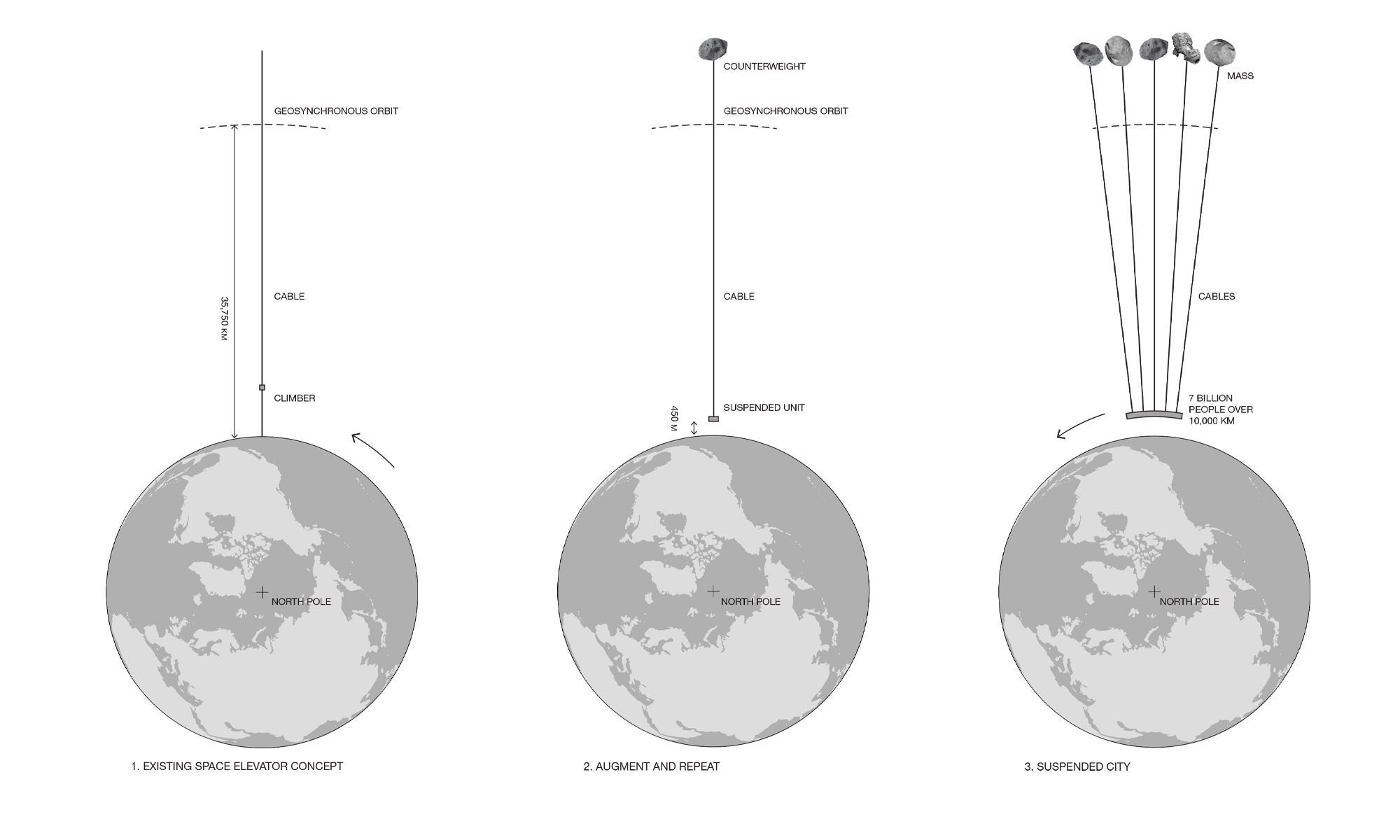
Figure 3: Extending the space elevator concept to support a hanging city
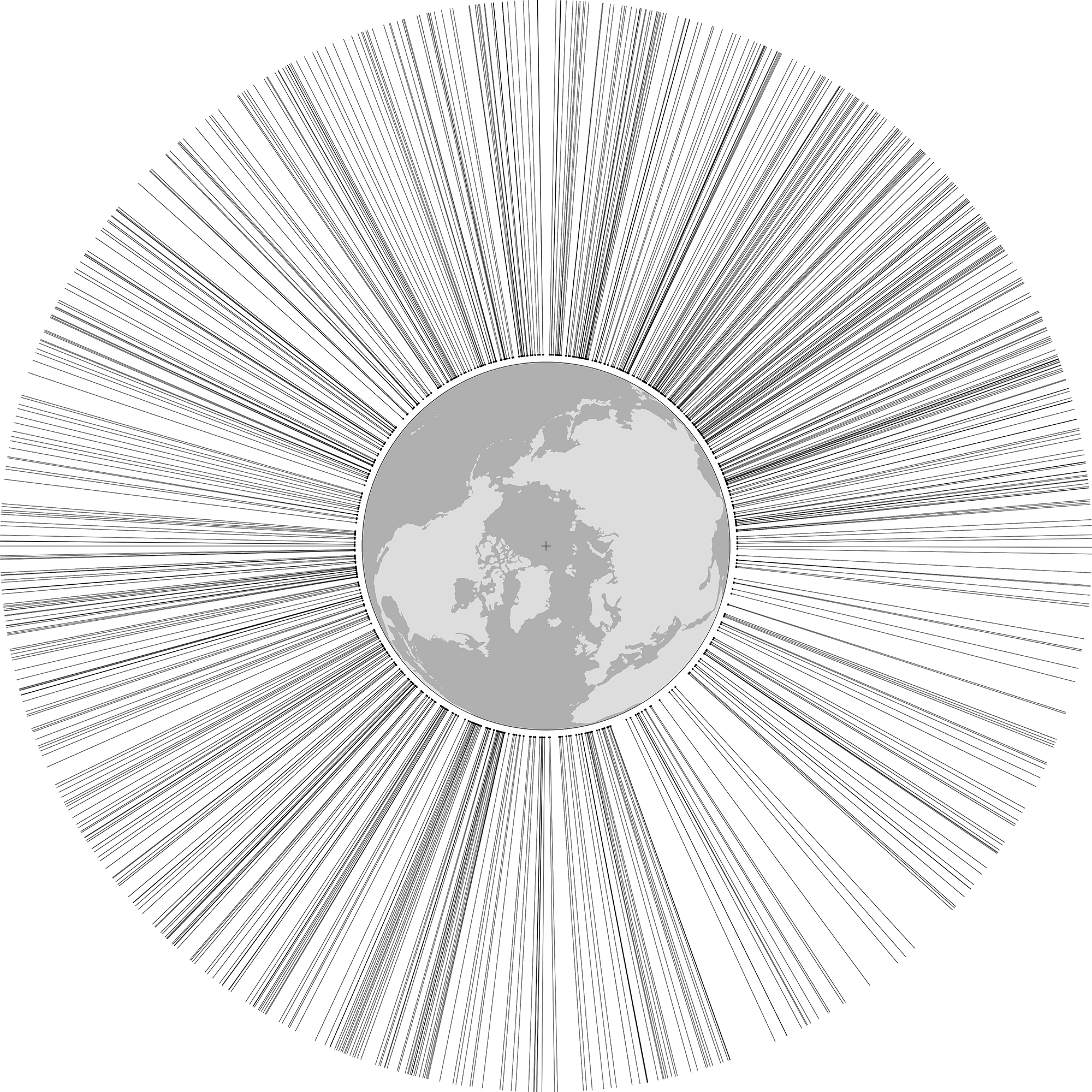
Figure 4: Polar view of cities redistributed along equator
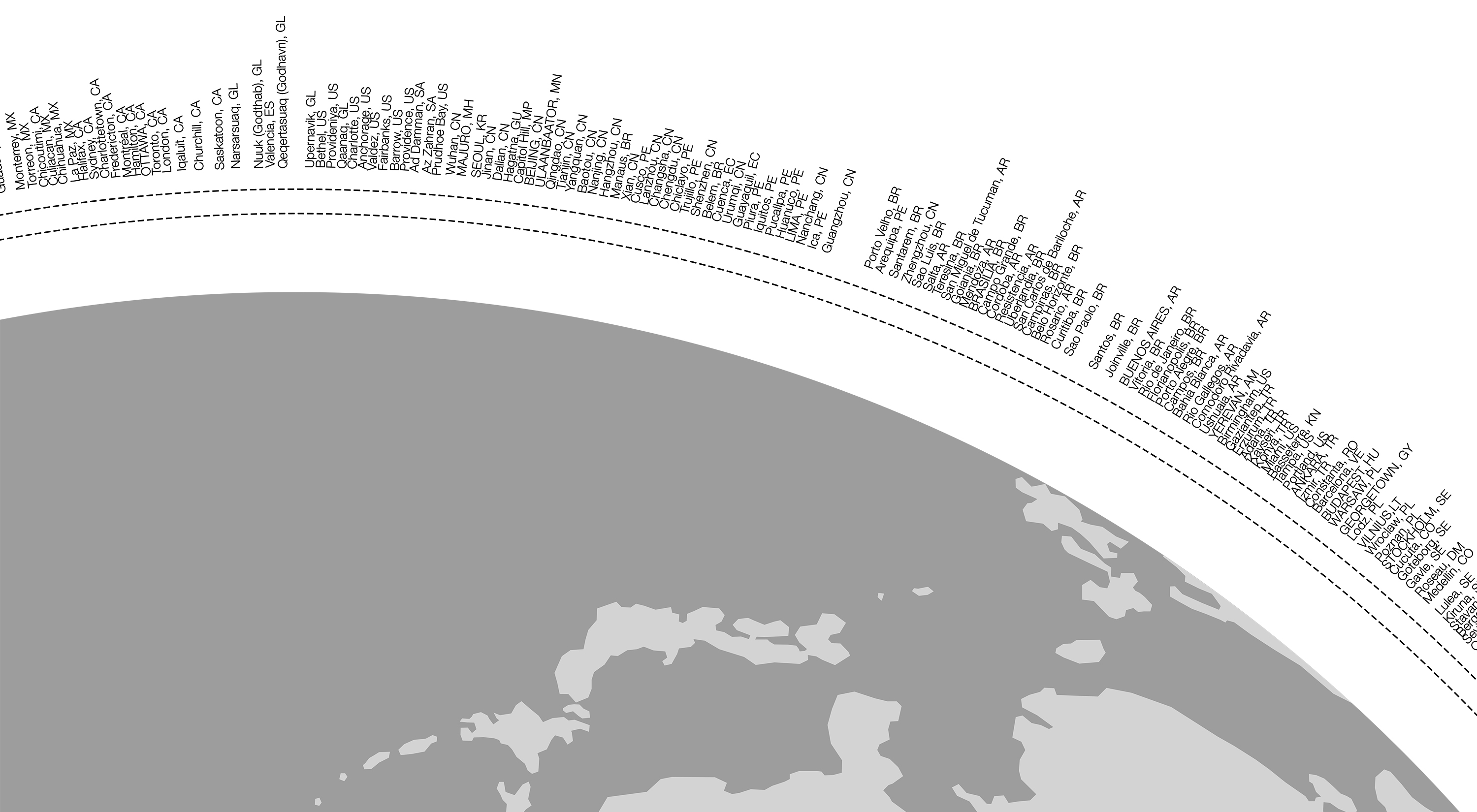
Figure 5: New adjacencies for relocated cities subsumed into ZERO CITY
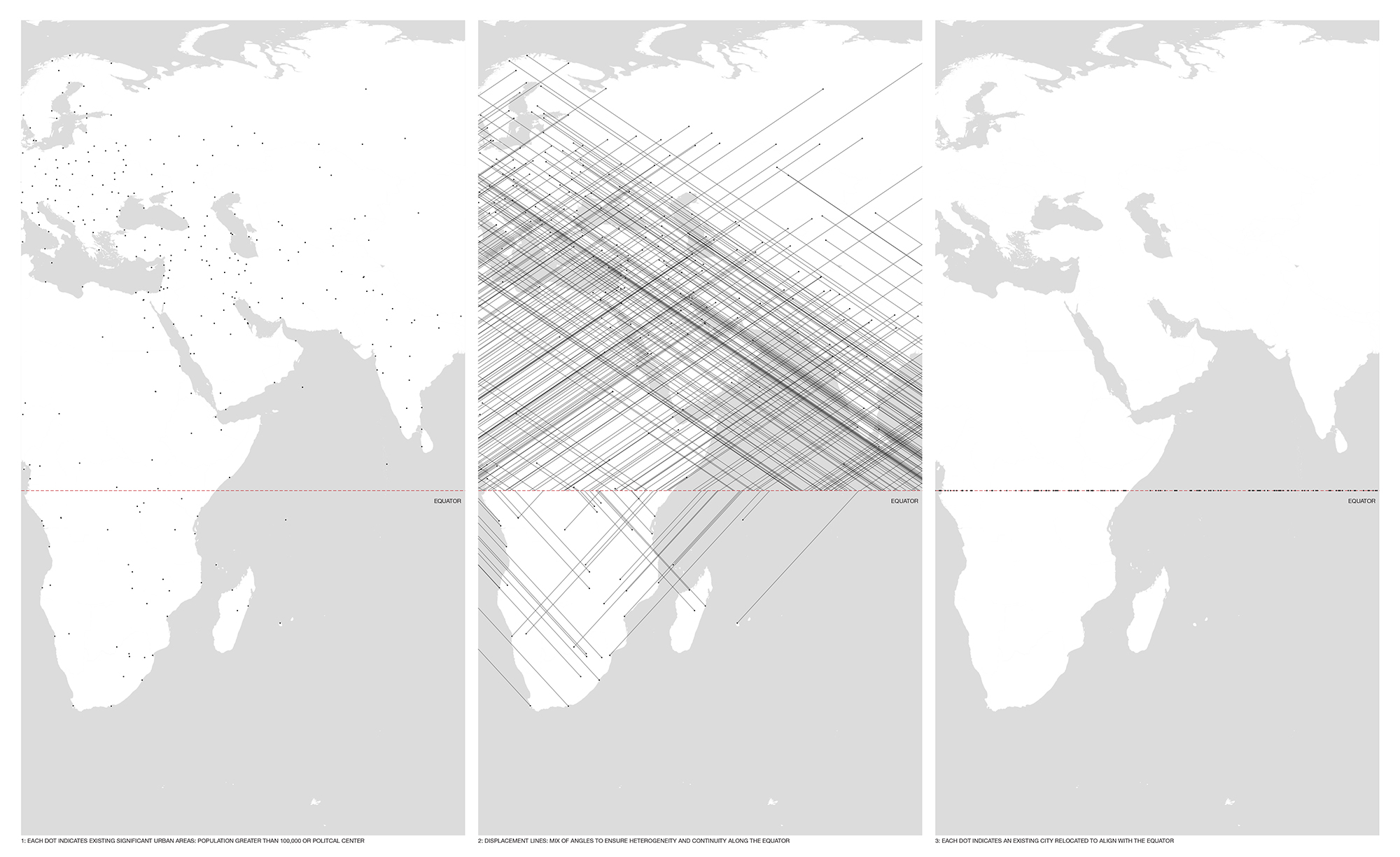
Figure 6: Diagrams showing displacement of existing cities to align along equator
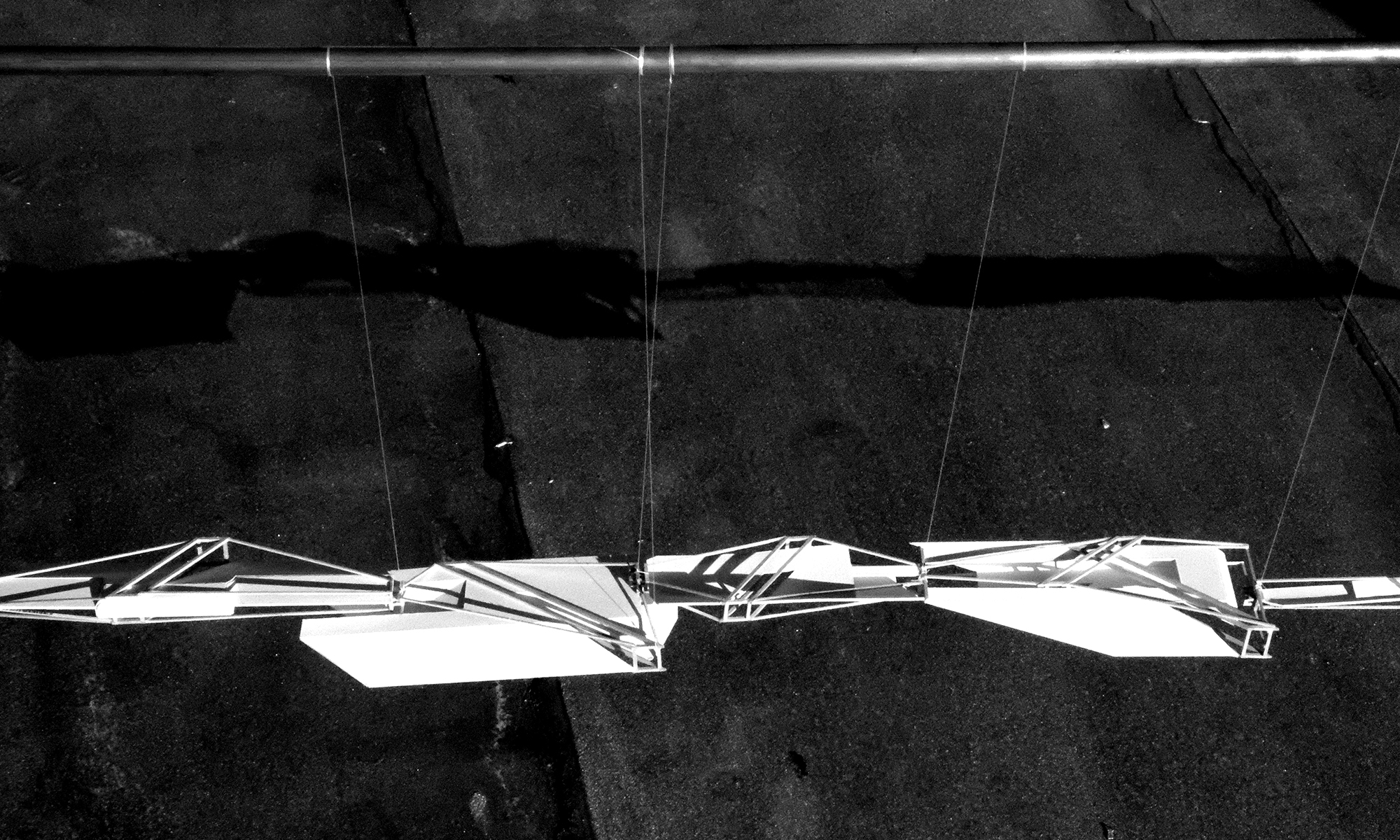
Figure 7: Photograph of physical sketch model (partial)


Moving from the higher latitudes towards the equator, the city appears to rise out of the distant haze – at first it’s almost imperceptible, then it reveals itself as a faint line. Approaching closer the next distinct moment is when the line of the city separates from the ground, and a sliver of sky opens up beneath it. Seen from below, it has the silent magnificence of storm clouds that never move. Upon closer inspection, one can make out the unmistakable signs of everyday life: open windows, hanging laundry, the laughter of playing children.
Jonathan Swift described the flying island of Laputa in Gulliver's Travels, and during the 1960’s architects engaged the atmosphere by proposing schemes to inhabit the air. In reaction to the aggressive growth of cities, they responded with mega-structures that delaminated from the earth’s surface, creating new horizontal datums. Projects by Yona Friedman, Superstudio, and Constant’s New Babylon, envisioned an a-geographic metropolis, an urban system that could be extended indefinitely, cloaking the planet in an idealized utopia. Ron Herron’s Walking City introduced a radical portability, underlining the fact that cities, or even nations, are merely cultural constructions, and as such not subject to the limits of a specific geographic place. The city as a socially constructed, power-object was suddenly infused with its own agency, freed to roam about at will. In Japan, the Metabolists’ visions of mega-cities expanded to occupy sea and sky in response to rapid population growth, centralization and lack of available land.

These visions represent the first phase of the colonization of the atmosphere, which found its ultimate expression in Buckminster Fuller’s Cloud Nine project. Fuller envisioned cities as giant geodesic spheres filled with air that when heated by the sun would float among the clouds. Nomadism is implicit in the project, because the atmosphere recognizes no boundaries – the weather above one nation is coupled with the weather above others. Fuller’s proposal is perhaps best understood in the context of the discourse that envisions a collapse of the geographically bound nation-state.

ZERO CITY continues the pursuit of the uprooted mega city by hacking an existing concept, the ‘space elevator’, to create a new urban condition. Orbiting a large mass in plane with geosynchronous orbit allows cables to be lowered which can suspend a building. The mass-cable-building system works only along the equator, harnessing the earth's maximum centripetal rotation for a stable geosynchronous orbit. Polar arraying a series of mass objects in space and multiplying the hanging cables, we can suspend an entire city, hovering half a kilometer above the ground -- an ideal height where the temperature is suited for human comfort without the need for mechanical heating or cooling.

Name: ZERO CITY
Location: Earth's Equator
Completion: May 2017
Principals: Ostap Rudakevych, Masayuki Sono
Project Team: Kevin Huang, Phuong Mai Do
